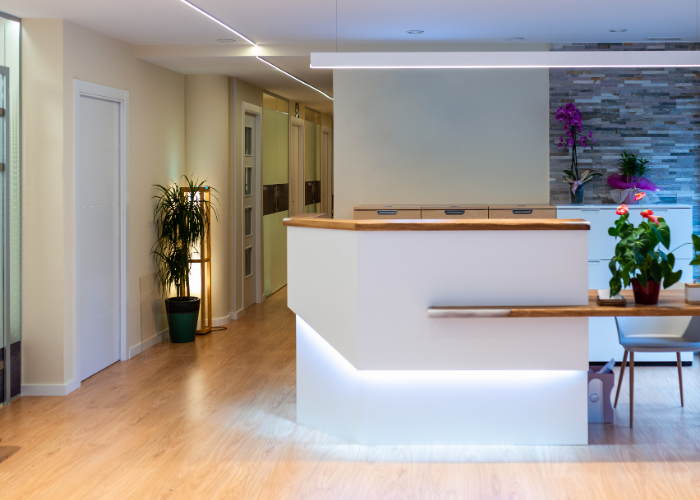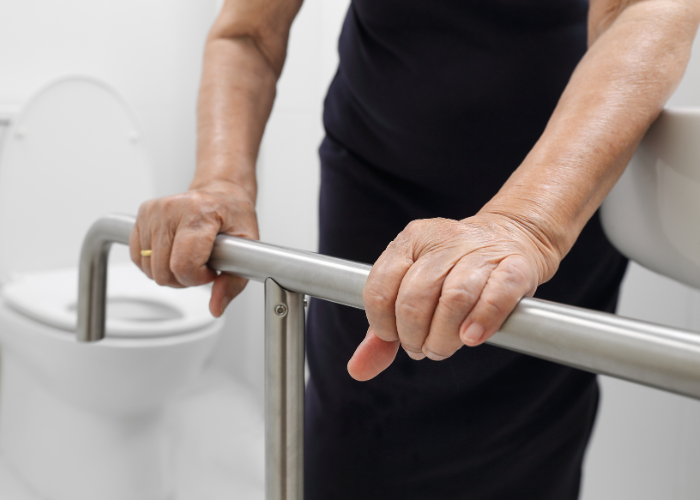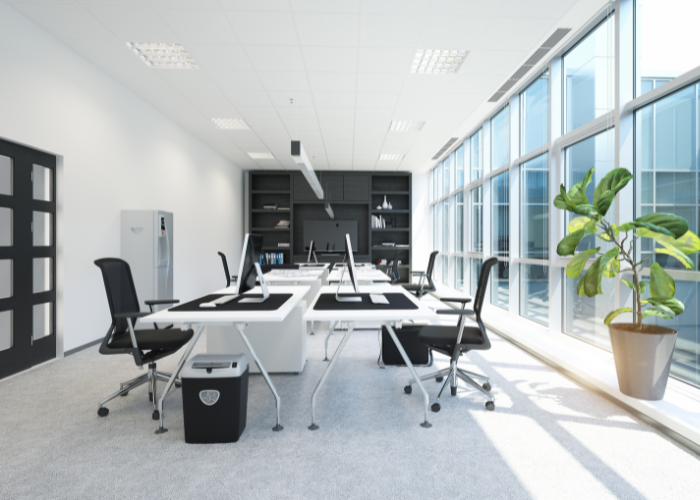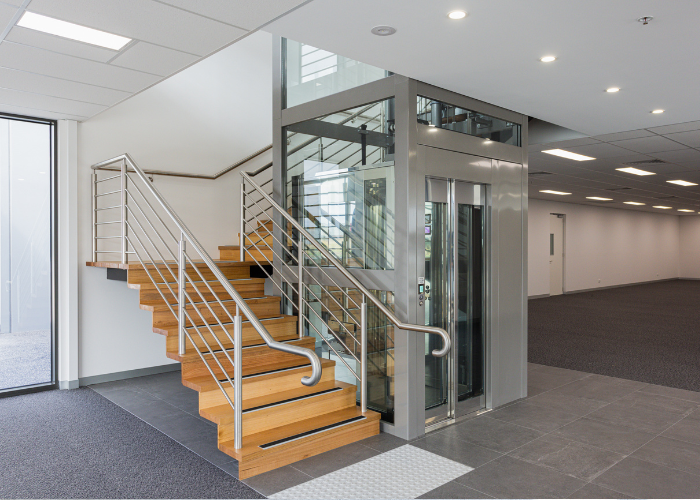Ensuring your business premises are accessible is not only a legal requirement in Australia but also an important step in promoting inclusivity and enhancing customer satisfaction. Accessibility improvements benefit everyone, including your staff. Below are vital steps and considerations to make your business premises accessible to all, including those with disabilities.
Accessible Parking and Entry Routes

Providing accessible parking is crucial. Allocate parking spaces for people with disabilities near the entrance, clearly marked with appropriate signage. The pathway from these bays to the entrance should be free of obstacles and easy to navigate for individuals using wheelchairs, walking frames, or prams.
Clear Signage and Safety Indicators

Clear and easy-to-understand signage can significantly aid customers in navigating your business. Use contrasting colours and simple designs to assist those with vision impairments. Additionally, high-visibility safety markings on full-length windows, glass doors, and steps can prevent accidents and ensure safe movement throughout the premises.
Roomy and Comfortable Interior Spaces

Inside your premises, ensure that doorways and entrance areas are wide enough for wheelchairs and walking frames. Maintain ample space free from obstacles to facilitate easy movement. Offering comfortable seating areas for customers to rest while waiting is also important.
Lowered Counters and Accessible Displays

Incorporate accessible features at reception counters and display areas. Part of the reception counter should be at a lower height to enable easy interaction with customers in wheelchairs. Use large fonts and contrasting colours on displays, and include options like braille and closed captions for video displays to cater to various impairments.
Handrails and Accessible Restrooms

Accessible toilets are a necessity. They should be spacious enough to accommodate wheelchairs and equipped with essential features such as handrails. Additionally, install handrails throughout your premises, especially near ramps and stairs, to assist customers with mobility impairments.
Automatic Entry and Proper Illumination

Automatic doors significantly enhance accessibility. If automatic doors are not feasible, use lightweight doors with D-shaped handles positioned at waist height, and consider installing a doorbell for customers to request assistance. Ensure adequate lighting throughout the premises to aid those with vision impairments in navigating safely.
Lifts and Vertical Transport Solutions

For premises with multiple floors, installing an elevator with automatic sliding doors is essential. Elevators should be spacious enough to accommodate wheelchairs or large prams. Advanced lift options from Platinum Elevators, such as the Crown Lift, Maxi Lift, or Stretcher Lift, offer features like battery backups, cabin lighting during power failures, and full-height light curtain protective beams, ensuring smooth operation and accessibility for all customers.
Attentive Customer Service

Excellent customer service is key to accessibility. Regularly train your staff on disability awareness and inclusivity. Encourage them to ask customers if they need assistance rather than making assumptions, and guide them on how to support individuals with different physical or intellectual limitations. This includes respecting assistance animals and providing braille and audio assistance options.
Incorporating these accessibility measures into your business strategy not only meets legal requirements but also fosters a welcoming environment for all customers, boosting overall satisfaction and loyalty. Platinum Elevators is committed to helping your business become fully accessible with a range of top-tier lifts designed to meet diverse mobility needs. Contact us today to learn more about how we can support your accessibility improvements.
Related posts:

